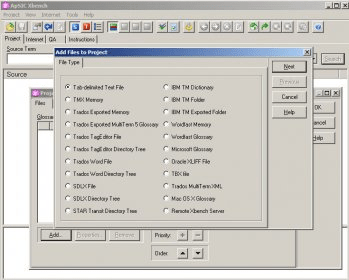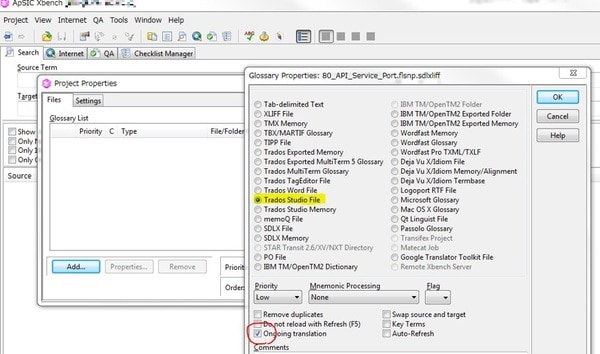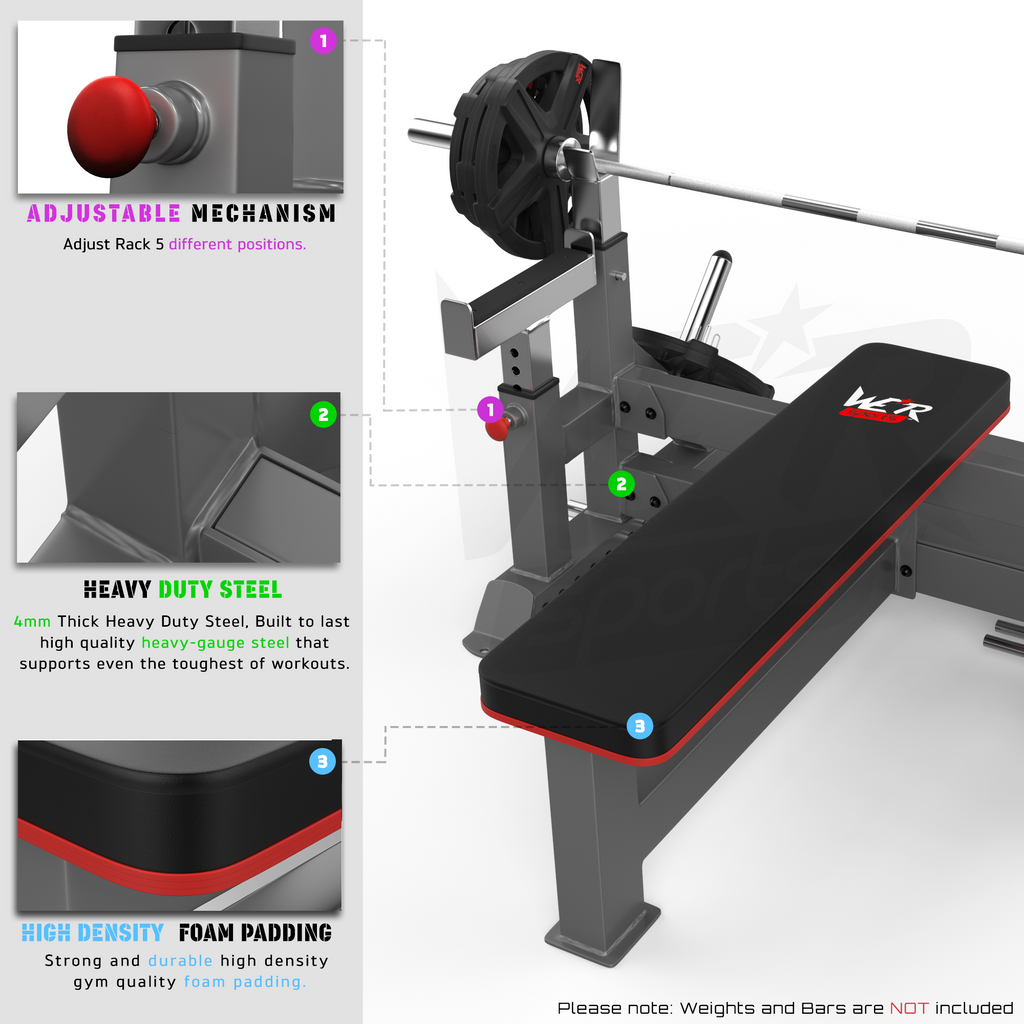
Xbench review pro#
In fact, the only element really holding the new MacBook Pro back was the hard-drive, its 5,400rpm speed proving underwhelming. Graphics, too, were comprehensively higher, with the 2011 MacBook Pro scoring on average 37-percent higher across xbench's various GPU tests. Again, the quadcore processor and fast RAM made short work of the 2010 notebook, with xbench's CPU, thread and memory tests coming out 14-percent, 68-percent and 71-percent higher respectively.

Xbench review 720p#
A microphone is hidden under the left speaker grille, and there's a new, 720p FaceTime HD webcam above the screen, more on which later.įinally, we looked to xbench, a combination of CPU, GPU, memory and drive testing. Wireless options include WiFi a/b/g/n and Bluetooth 2.1+EDR there's still no integrated 3G option.

The slot-loading 8x SuperDrive is still present, while ports include gigabit ethernet, FireWire 800, audio in, audio out, an SDXC memory card slot, MagSafe power and, of course, Thunderbolt. Faster, 7,200rpm HDDs are optional, as are SSDs up to 512GB. Storage begins with 320/500/750GB hard-drives, depending on size and SKU, all running at a somewhat disappointing 5,400rpm. There's no need to log out and back in again to switch, as with earlier dual-GPU configurations. For basic web browsing and document editing, then, the MacBook Pro will default to the low-power, energy-frugal Intel HD Graphics 3000 chipset start gaming, or doing video processing in iMovie, and the AMD Radeon GPU will kick in. Apple has obviously deemed Intel's integrated GPU sufficient for the 13-inch MacBook Pro, but the 15- and 17-inch models have a choice of the AMD Radeon HD 6490M (with 256GB of GDDR5 memory) on the entry-level MacBook Pro 15 or the Radeon HD 6750M (with 1GB of GDDR5 memory) on the higher-spec 15-inch and as standard on the 17-inch.Īs in the 2010 range, OS X automatically switches between integrated and discrete graphics depending on your activity. That's enough to keep it our pick of Apple's MacBook range, and while the everyman OS X user would likely be satisfied by the MacBook Air, the combination of flexibility, power, and battery life makes the 2013 MacBook Pro with Retina display our top choice for demanding mobile professionals.Graphics have undergone a significant change as well, with NVIDIA's discrete GPUs replaced by AMD's Radeon 6000 Series paired with Intel HD Graphics 3000.
Xbench review portable#
The 15-inch Pro may not quite be as portable as its 13-inch brethren, but it's still sufficiently slim and light to drop into a bag and carry day to day, and the upshot is a machine that's as at home whiling away the hours on an intercontinental flight with you as it is storming through media processing and gaming. What you sacrifice in battery life compared to the Air, you make up for in raw processing grunt and that glorious display.
Xbench review upgrade#
This 2013 upgrade to the 15-inch MacBook Pro with Retina display refines Apple's powerhouse even more, however. The Air is still the mobility machine, perfectly poised to balance the processing demands of the average traveler with the sort of battery life they need.

Now the Pro has had its own shot at Haswell, and if anything the waters are all the more muddied. Instead, Apple has decided that Intel's Iris Pro integrated graphics, part of Haswell, are sufficient for most purposes, not to mention coming with a useful reduction in power consumption.

Whereas the old MacBook Pro with Retina display had NVIDIA discrete graphics across the board, now only the higher-spec version gets a standalone GPU. The most interesting change for this generation is in graphics. Storage starts at 256GB of flash on the entry-level 15-inch machine (with 512GB or 1TB optional) while the more expensive version gets 512GB as standard and 1TB as an option. The $1,999 entry-level model has a 2.0GHz quadcore, paired with 8GB of 1600MHz DDR3L memory (up to 16GB supported), while $2,599 gets you a 2.3GHz quadcore and 16GB of memory. For 2013 that means Intel's 4th-gen Haswell processors, with the 15-inch MacBook Pro with Retina getting Core i7 CPUs as standard (the 13-inch picks from the Core i5 range). If the exterior changes are minor, then it's under the hood that things have been mixed up.


 0 kommentar(er)
0 kommentar(er)
